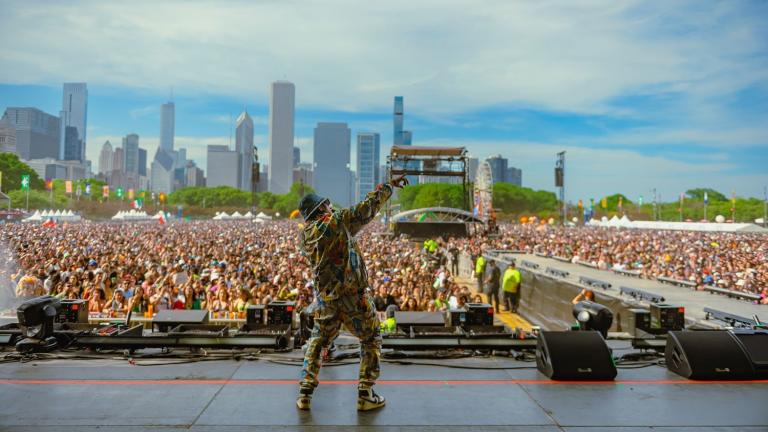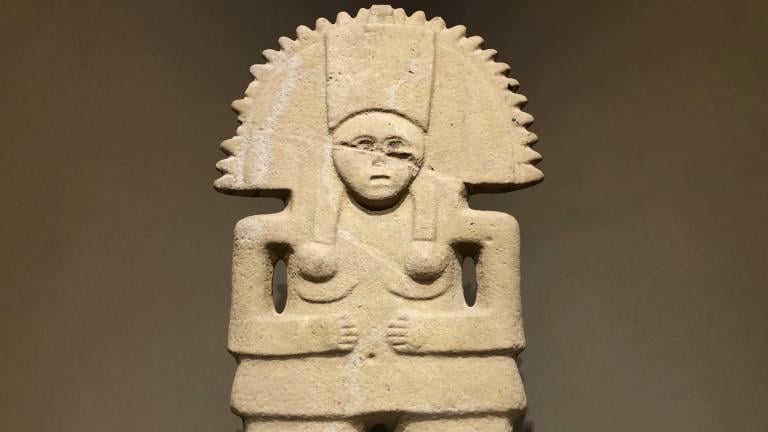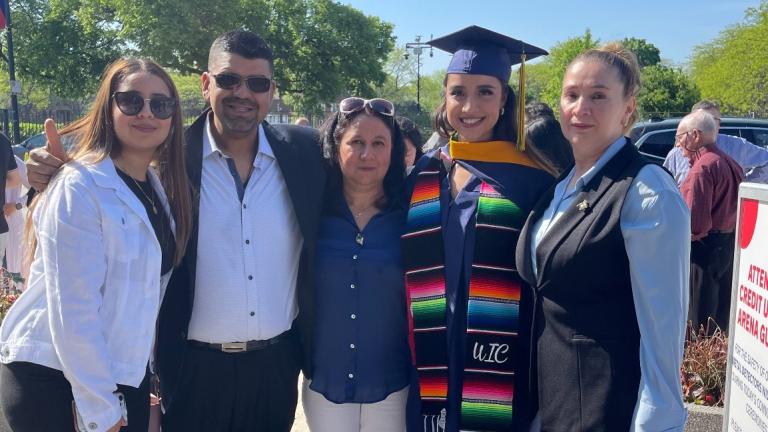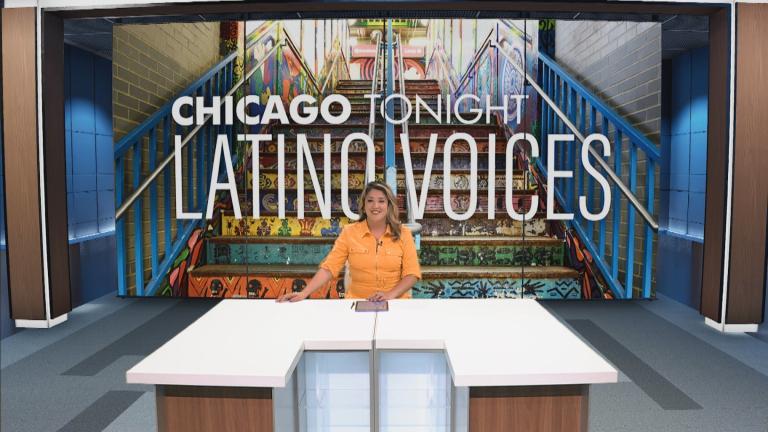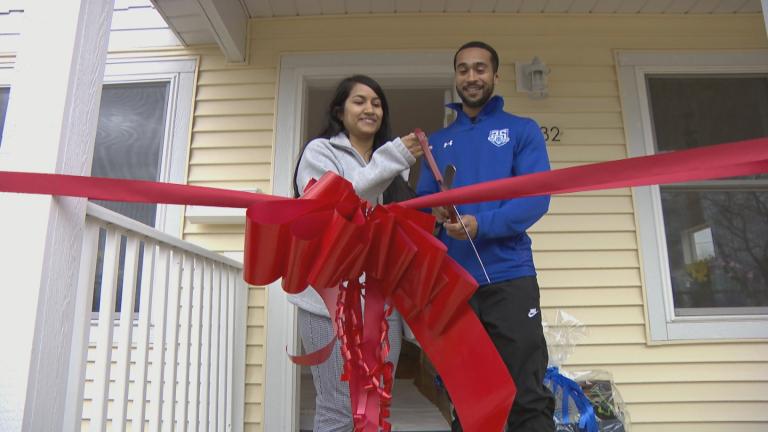Chicago’s gun violence has become a topic of national debate. And while gun-related homicides garner much of the attention, there are far more non-fatal gunshot victims.
Their struggles post-shooting are the subject of a new study that measures how victims’ physical and mental needs are being addressed.
“We lack a lot of data on non-fatal firearm injuries,” said Leslie Helmcamp, executive director for the Strength-ening Chicago’s Youth program at Lurie Children’s Hospital. “We don’t have a federal database of those injuries. So without data, we can’t have a roadmap to know where are the survivors, what are their needs and where do we need to invest more resources? … It’s a really important gap that we need to address.”
According to a 2021 study by Everytown Research and Policy, gun violence accounts for more than 200 injuries every day in the U.S., which is more than double the amount of fatalities caused by guns.
And a new study by the disability nonprofit Access Living finds many of Chicago’s gun violence survivors who suffer from physical injuries and long-term disabilities have needs that are not being met.
Michelle Garcia, Access Living’s manager of organizing and community development, says some of the other critical gaps include peer support and mental health support for victims and their families, who often feel criminalized after being shot.
“Criminalizing or racial profiling happens a lot,” Garcia said. “We interviewed over 100 people, and in many of the interviews the constant theme was that they felt criminalized when they were shot and taken to the emergency room. The first instance was like, ‘Oh, you know, they must have been involved in some type of situation.’ And they were being criminalized right at the beginning of their situation instead of getting treated.”
The Access Living study found there have been more than 37,000 non-fatal shootings in Chicago since 2010.
Eric Wilkins participated in the survey. He’s also the founder of Broken Winggz, a local organization that helps paralyzed victims of gun violence.
Wilkins himself is a survivor of gun violence, and has been paralyzed from the waist down since he was struck by two bullets when he was 28 years old.
“The biggest challenge was really just going back home to a community, to being a father, and not having the use of my limbs,” Wilkins said. “Staying in a hospital, you have larger spaces. But coming home, the accessibility was real slim. The house wasn’t modified, so I felt more like a prisoner. Mostly stayed in my room and fell into a big depression.”
Guillermo Gutierrez, Enlace Chicago’s violence intervention manager, is also a gun violence survivor who was shot once when he was 13 years old, and then again when he was in his early 20s. This age range is consistent with participants in the survey, who reported the average age they were first shot and injured was between 13 and 19 years old.
That’s why Gutierrez says it’s crucial to reinvest in neglected communities and treat trauma at an early age in order to stop the cycle of gun violence.
“It goes back to that emotional piece too, right? And feeling left out,” Gutierrez said.
A Safer City is supported, in part, by the Sue Ling Gin Foundation Initiative for Reducing Violence in Chicago.

